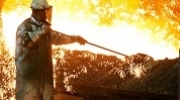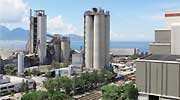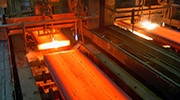Sensor with in-situ calibration, an innovation from Pyrocontrole

Sensors with in-situ calibration enable you to monitor the changes in the drift of your temperature sensors over time by means of a method which is particularly simple to use. This patented technology offers significant advantages in terms of energy saving, productivity, quality and traceability.
IN-SITU CALIBRATION METHOD,
WITHOUT DISMANTLING THE SENSOR
This verification method by comparison is simple and quick to set up.
◗ Opening of the connecting head of the sensor to be checked
◗ Insertion of the reference standard sensor in the guide tube
◗ Connection of the reference standard sensor to the precision thermometer
◗ Temperature stabilization
◗ Calibration by comparison of the temperature on the reference standard and the temperature on the sensor to be checked
ADVANTAGES
Productivity gains:
with the in-situ method, you no longer need to shut down a furnace in order to calibrate its temperature sensors. Availability of the continuous production process is guaranteed.
Energy savings:
reducing the heating setpoint will help to extend the life span of your equipment and thus achieve energy savings.
Time savings:
implementation is simple and quick, requiring only a few minutes to calibrate a measuring point, which is a significant time saving.
Equipment replacement savings:
it is no longer necessary to dismantle the thermocouple to be checked, so there is no risk of breakage.
Safety gains:
the design of the new sensors includes total tightness inside the temperature measurement assembly, so there is no longer any risk of inflammable gas escaping when the connecting head is opened.
Flexibility gains:
all the calibration operations can be performed gradually throughout the year, without scheduling constraints, as it is no longer necessary to halt production.
>>Need additional information? Contact us























